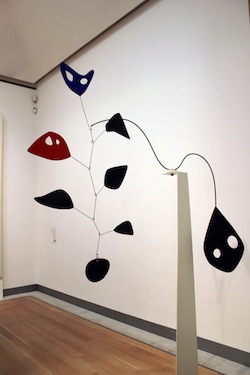This year’s Rio Conference on Sustainable Development echoes the summit that took place in 1992. It is entitled “Rio+20”, as if a simple and direct line connected 1992 to 2012. In twenty years, however, the world has changed a lot. It became globalized and the centers of production of wealth have shifted. Today, the economic and political rise of emerging countries takes place against the backdrop of a four-fold environmental, social, financial and political crisis among old industrial countries. This phenomenon goes hand in hand with a growing gap in wealth and increasing asymmetries between the capability of actors and populations from local communities to the whole planet. On the other hand, the sustainable development that was put into action at the 1992 conference has largely spread within society, sometimes in an invasive manner, and its content is not anymore the exact same. At last, in the past twenty years, the conscience of the environmental, economic and social challenges of our planet and its inhabitants has greatly evolved. In fact, in August 2012, the International Commission on Stratigraphy recognized that we have entered, since the 19th century, a new era of the Earth’s history: the anthropocene. Human activity has become the main determining factor of the state of the planet, from its biosphere to its land, from its climate to its seas. This has a huge symbolic import. How to better highlight, in a globalized world, the responsibility of human societies vis-à-vis the future of “spaceship Earth” (to use the expression of the ecologist Howard T. Odum)? The two great themes of the new Rio Conference refer to these new realities:
– The “green” economy as an instrument to reduce poverty;
– The institutional and organizational framework of sustainable development.
It is clear that the current institutional framework of sustainable development is not properly defined. It is also particularly ineffective at whatever scale. The required tools are missing. The recurring issue of coordination mechanisms—at the local, regional, national or international level—is far from being solved. The second “Rencontres Internationales de Reims” in Sustainability Studies tries to contribute to this debate. Four months after Rio+20, the aim is more to discuss the consequences of Rio than to understand what happened. This will be done starting from the following questions: which governances to combine social justice and the transition to sustainability? Engaging which parties?
Thinking about these governances clearly reaffirms the need for planning, conceived as the construction of a long term democratic project, taking place simultaneously in its social, environmental and spatial dimension. This is not the normative, prescriptive, mostly technical planning that failed in the past, but of a planning where the populations concerned are the main actors and that has the following elements at its heart:
– Coupled human-environmental systems (HES);
– Participative processes to construct political decisions;
– New information models integrating uncertainty.
This kind of planning is therefore and first of all a political process corresponding to the following questions, which are crucial for the implementation of sustainable development: which kind of society do we want to live in? Which compromises between the goals and interests of the different groups? Which articulation between one decision-making level and the other? The second “Rencontres Internationales de Reims” in Sustainability Studies will try to address these questions.

